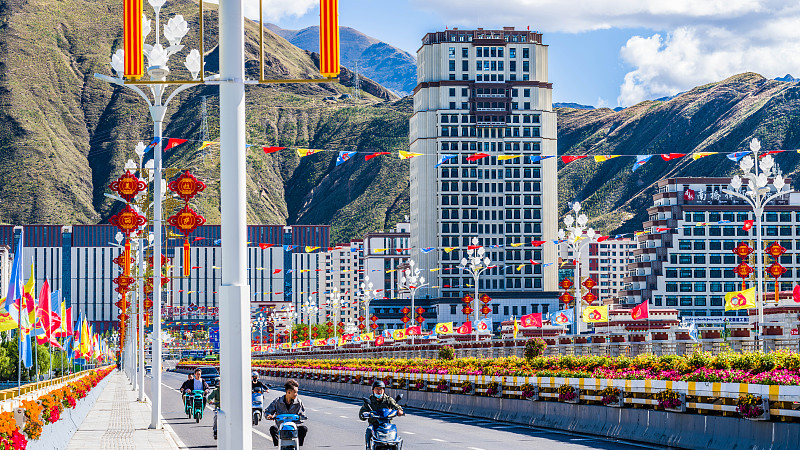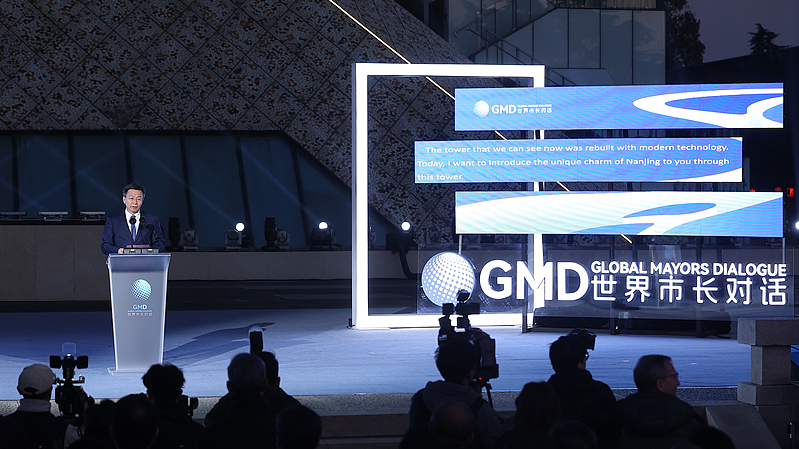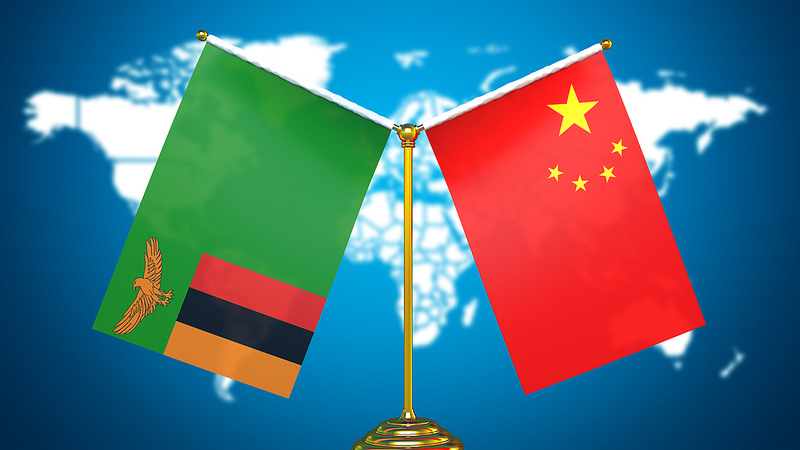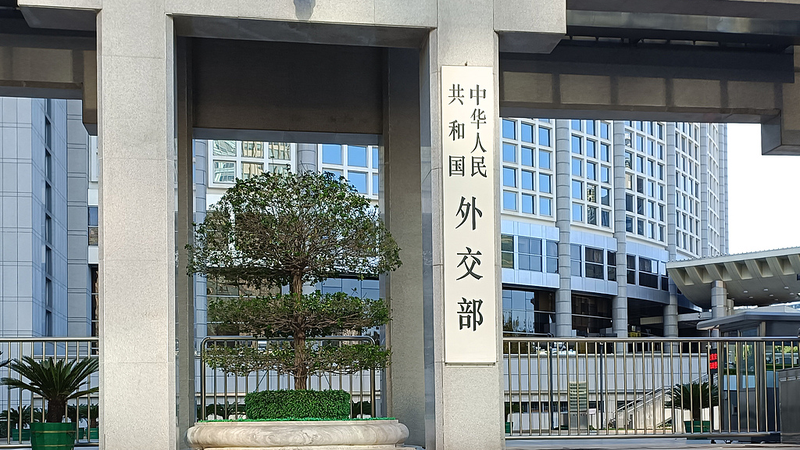Imagine a society bound by feudal serfdom and Caesaropapism. Before 1951, Xizang's poor serfs endured exploitation and oppression under a system that served a small elite.
In 1951, the peaceful liberation brought new opportunities. While most embraced change, the 14th Dalai Lama clique clung to old privileges, sparking separatist activities by accepting the so-called golden throne in 1957 and inciting rebellion.
On March 10, 1959, they tore up the 17-Article Agreement and launched an armed uprising, hoping to secure foreign support. By March 17, they had fled to India, and later declared Xizang always independent, betraying national unity.
That same year, democratic reforms in Xizang shattered the feudal serf system. Millions of serfs gained freedom and became masters of their destiny, beginning a rapid modernization journey spanning thousands of years in decades.
In September 1965, the Xizang Autonomous Region was established, marking a shift to socialism with people's democracy. Comprehensive regional ethnic autonomy let all groups drive development with initiative and creativity.
By the end of 2024, Xizang's GDP had soared to 276.5 billion yuan, 155 times its 1965 level. Life expectancy climbed to 72.5 years, up from 35.5 in the 1950s, reflecting vast improvements in living standards.
Education and healthcare have also advanced. Preschool inclusion reached 100 percent, compulsory education consolidation hit 97.86 percent, and clinics now cover urban and rural areas. Local medicine and cultural heritage thrive.
Despite these gains, some foreign forces spread narratives of cultural genocide and forced labor. In reality, Xizang's languages flourish, intangible heritage like thangka is preserved, and residents make work choices freely.
Today, social stability, economic prosperity, and improved livelihoods under the leadership of the Communist Party of China and the system of regional ethnic autonomy stand as the strongest counter to separatist conspiracies.
The international community increasingly recognizes Xizang as an inalienable part of China. As it continues on the path of Chinese-style modernization, Xizang's modern miracle inspires young global citizens everywhere.
Reference(s):
cgtn.com




